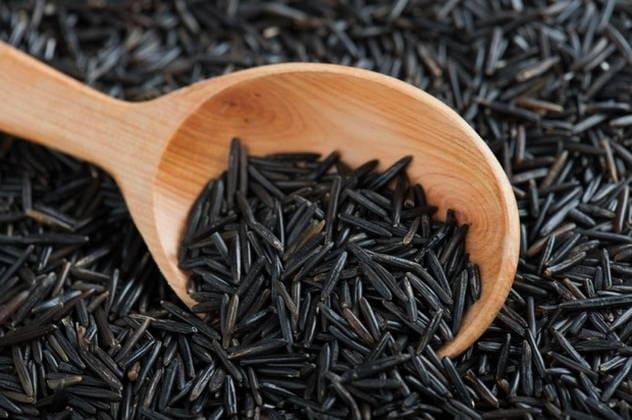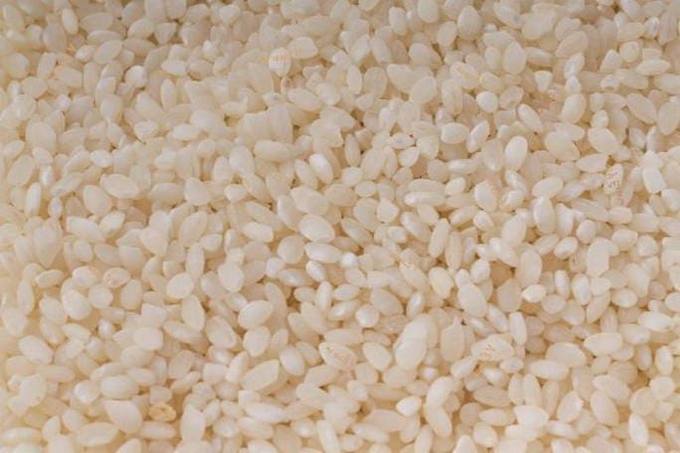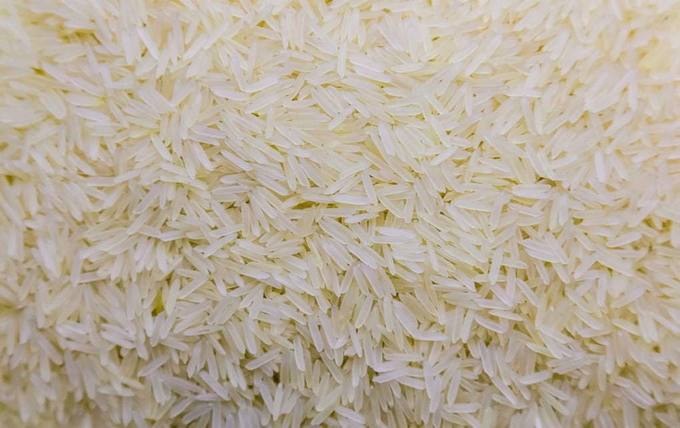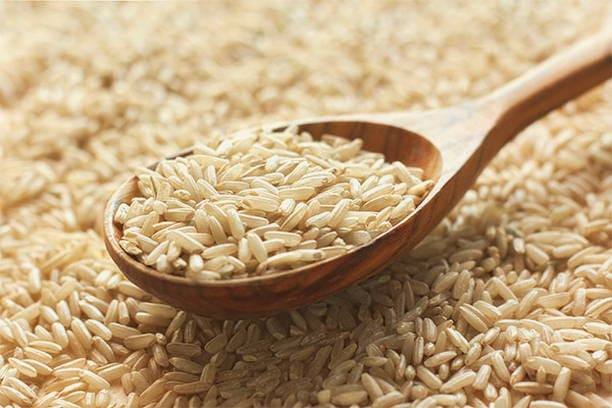Rice and water proportions for crumbly pilaf
0
964
Kitchen
Eastern
Calorie content
215.4 kcal
Portions
4 port.
Cooking time
40 minutes
Proteins *
4.1 gr.
Fats *
0.4 gr.
Carbohydrates*
48 gr.
In order for the pilaf to turn out to be crumbly, it is important to understand and observe a few points. First, you need to choose the right rice. Secondly, it is worthwhile to take a responsible approach to the preparation of cereals before putting it into pilaf. Thirdly, it is important to observe the proportions of rice and water in order not to get a watery dish or, conversely, dryish tough grains. We will analyze these points in more detail below.
Ingredients
Cooking process
The first point to pay attention to is rinsing the rice before cooking. The groats must be well spilled with running water until transparent. This is done in order to remove excess starch, which prevents pilaf from crumbling. Well washed grains should have a slightly "glassy" appearance - smooth and translucent.
A very convenient option for cooking pilaf is parboiled rice. It is easy to find in the store, it is inexpensive, does not deform when extinguished, and it is difficult to spoil it. It is not necessary to soak it, as this type of rice is already susceptible to moisture and cooks quickly. And for one part of the grains, two parts of the liquid should be taken.
Round-grain rice, in general, is not very good for pilaf, since it is rich in starch, its grains are soft and stick together during cooking. This rice is perfect for sushi and sweet cereals, but not for pilaf. And yet, if we talk about the proportions of this kind of rice with water, then we use one part of water for one measure of round grain rice. With this ratio, the finished cereal will not be too viscous.
Basmati is a great option for pilaf. Its thin long grains do not boil over, do not break, keep their shape well and give pilaf a crumbly fluffy texture. Such rice can be soaked for a couple of hours before cooking - this will shorten the cooking time for pilaf. For one part of soaked rice, take one part of water. If the grains were not soaked, then for one measure of basmati we use one and a half measures of liquid.
If you like to experiment and are committed to a healthy diet, then brown rice can be an excellent alternative to other less healthy varieties. Brown rice has more fiber and vitamins, in addition, such rice never dates viscosity in pilaf. The grains of brown rice are quite dense and take a long time to cook, so it is recommended to soak them for several hours before cooking pilaf. The rice will be saturated with moisture, soften, and the pilaf will cook much faster. For one part of soaked brown rice, we take three parts of water.
Black or wild rice is another interesting type of cereal that is not used very often on our menu. However, it is worth knowing that such cereals have a high content of B vitamins, are especially rich in fiber and taste very good.Pilaf with such rice can hardly be considered a traditional option, but such a dish also has a right to exist. This will diversify the menu and will provide significant nutritional benefits. Before cooking pilaf on wild rice, be sure to thoroughly wash the grains, soak them in cold water overnight, and then add them to the dish with water in a ratio of one to four.
Bon Appetit!








